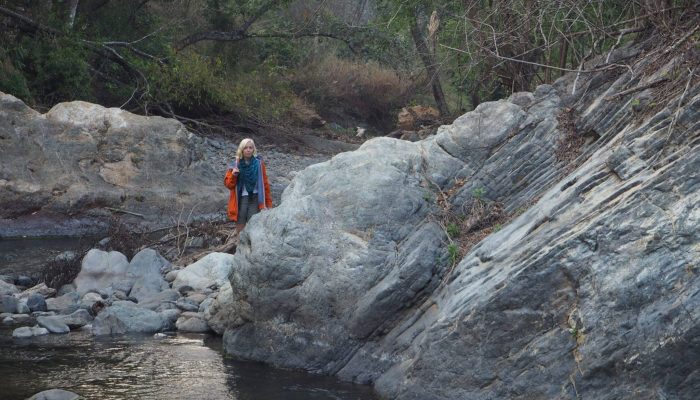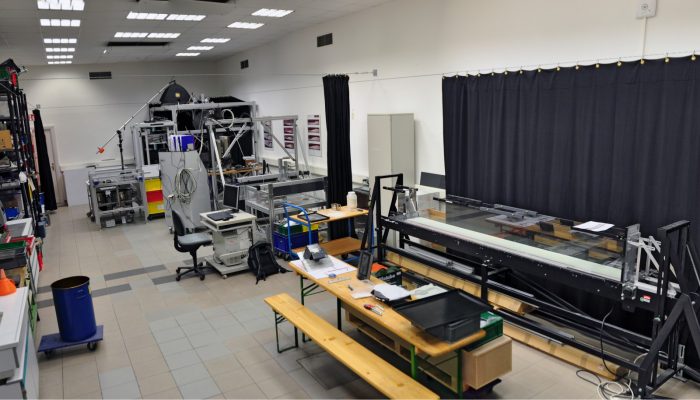Welcome to this first post on the EGU TS blog’s newest series on Geomythology. Plate tectonic theory has existed for just over half a century but the Earth beneath us has always been active. In this series we explore historical and mythological explanations to tectonic phenomena we now understand, such as earthquakes, volcanoes, mountains, and others. Japanese Earthquakes Japan is one of th ...[Read More]
Features from the Field: Shear Zones and Mylonites
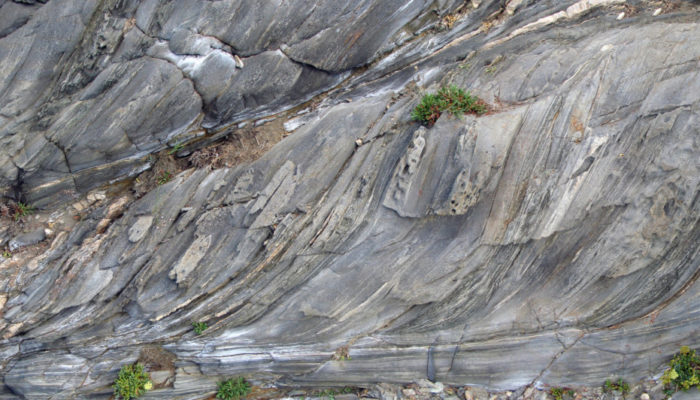
The San Andreas Fault in California, the Alpine Fault in New Zealand, or the Main Frontal Thrust in the Himalayas are some of the most famous and largest fault zones that accommodate the relative displacement between two adjacent crustal blocks. Such faults, however, represent only the shallower expression of something much bigger: a crustal shear zone. In the first 10 kilometers or so of the crus ...[Read More]
TS Must-Read – Mckenzie and Parker (1967) The North Pacific: an example of tectonics on a sphere
The paper describes how large, rigid, aseismic regions can be defined with Euler’s theorem, which describes the geometry of motion on a sphere, i.e. the Earth’s surface. Points on these large and rigid blocks move in relation to other blocks describing small circles set by their rotation pole. The paper describes this as “paving stone theory”, where tectonic plates are “paving stones”, and success ...[Read More]
Beyond Tectonics: How the tectonic events of 1783 were perceived by the population of Europe
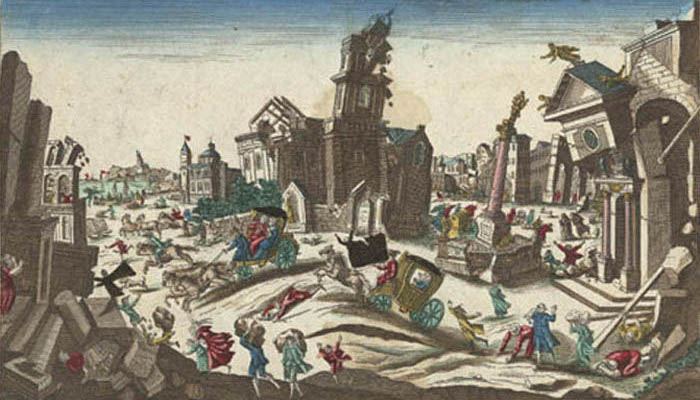
This edition of “Beyond Tectonics” is brought to you by Katrin Kleemann. Katrin is a doctoral candidate at the Rachel Carson Center/LMU Munich in Germany, she studies environmental history and geology. Her doctoral project investigates the Icelandic Laki fissure eruption of 1783 and its impacts on the northern hemisphere. “A Violent Revolution of Planet Earth” – The C ...[Read More]
Minds over Methods: The faults of a rift
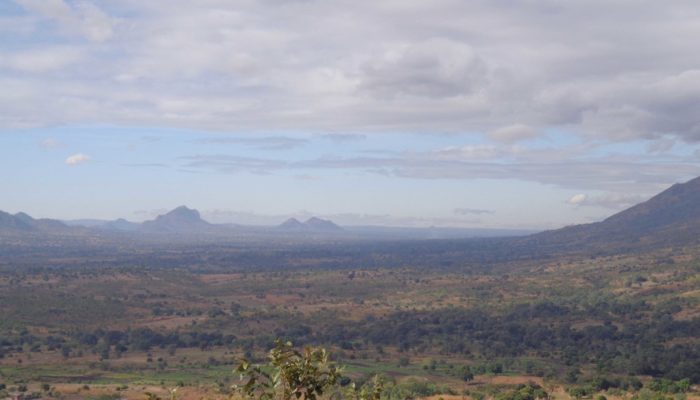
Do ancient structures control present earthquakes in the East African Rift? Åke Fagereng, Reader in Structural Geology, School of Earth and Ocean Sciences, Cardiff University For this edition of Minds over Methods, we have invited Åke Fagereng, reader in Structural Geology at the School of Earth and Ocean Sciences, Cardiff University. Åke writes about faults in the Malawi rift, and the seismic ha ...[Read More]
Minds over Methods: Mineral reactions in the lab
Mineral reactions in the lab André Niemeijer, Assistant Professor, Department of Earth Sciences at Utrecht University, the Netherlands In this blogpost we will go on a tour of the High Pressure and Temperature (HPT) Laboratory at Utrecht University and learn about some of the interesting science done there. André’s main interest is fault friction and all the various processes that are invol ...[Read More]
Lisbon at the dawn of modern geosciences

Here, where the land ends and the sea begins... Luís de Camões (Portuguese poet) Lisbon. Spilled over the silver Tagus River, it is known by its beautiful low light, incredible food and friendly people. Here, cultures met, and poets dreamed, as navigators gathered to plan their journeys to old and new worlds. Fustigated by one of the greatest disasters the world has ever witnessed, Lisbon is inter ...[Read More]
Minds over Methods: Linking microfossils to tectonics
This edition of Minds over Methods article is written by Sarah Kachovich and discusses how tiny fossils can be used to address large scale tectonic questions. During her PhD at the University of Brisbane, Australia, she used radiolarian biostratigraphy to provide temporal constraints on the tectonic evolution of the Himalayan region – onshore and offshore on board IODP Expedition 362. Sarah ...[Read More]
Minds over Methods: Experimental seismotectonics
For our next Minds over Methods, we go back into the laboratory, this time for modelling seismotectonics! Michael Rudolf, PhD student at GFZ in Potsdam (Germany), tells us about the different types of analogue models they perform, and how these models contribute to a better understanding of earthquakes along plate boundaries. Experimental seismotectonics – Seismic cycles and tectonic ...[Read More]
How Rome and its geology are strongly connected

Walking through an ancient and fascinating city like Rome, there are signs of history everywhere. The whole city forms an open-air museum, full of remnants of many different times the city has known, from the Imperial to the Medieval times, the Renaissance, the Fascist period, and finally the present day version of Rome. For historians and archaeologists, unravelling the exact history of the city ...[Read More]




